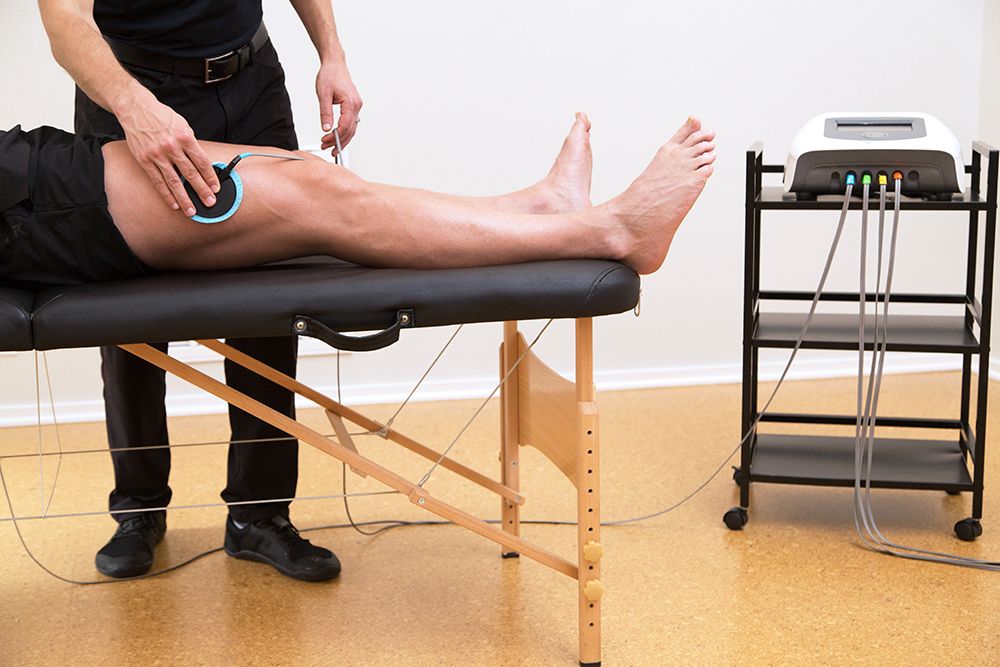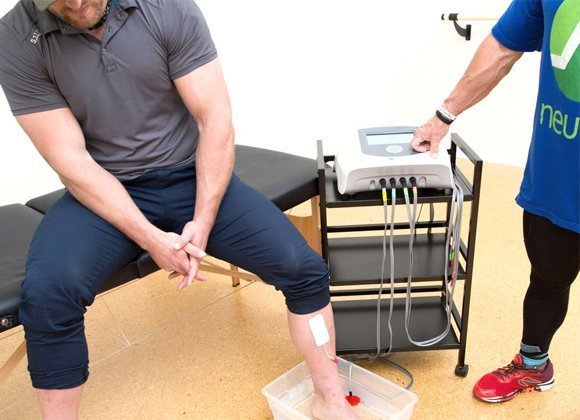It may surprise you to know that the brain’s protective response to an injury can lock us into a cycle of extreme pain. It’s something we see with patients suffering from Complex Regional Pain Syndrome (CRPS) when the brain disproportionately reacts to an injury in its protective response. That protective response causes us to feel pain which then triggers traditional treatment methods which often only temporarily reduce the pain – only for the cycle to begin all over again.
The fact is that we experience pain in our brain, not in our body.
Pain is a neurological output signal. It’s a response from our brain when it perceives a threat. It is even possible to have pain without physical damage.
Scientifically speaking, pain is a response to what neuroscientists call nociception, which is the sensory nervous system’s way of signaling the presence of harmful or potentially harmful stimuli. Sometimes, these stimuli can be physical damage to the body, but sometimes they can be psychological.
This is critically important to how we address chronic pain because if we assume that pain means something is broken or damaged in the body, we are limiting the options for treating it.
When dealing with a condition like CRPS, for example, traditional chronic pain treatment methods often rely on severe medications like narcotic (opioid) painkillers, sedatives, antidepressants, steroids, muscle relaxants, and even anesthetics. The treatments can pose their own threats to our well-being through dependency and addiction which can impact our physical and mental health.
In cases of joint or back pain, doctors and therapists frequently prescribe surgery, braces, steroidal injections, and/ or non-steroidal anti-inflammatories to address the damaged hardware of the body. Again, the assumption here is that structural/hardware damage is the cause of the pain.
Since pain is a neurological response to the perception of a threat, pain, and particularly chronic pain, can have a diverse set of causes and circumstances.
Where the pain lingers long after the original injury has healed, where it comes and goes, and where it feels better at certain times of day and worse during others, it’s clear that there’s more to the pain than damage to the body’s hardware.
If someone is suffering from chronic pain often the cause is connected to an issue in the brain and nervous system or in the body’s software.
By going outside the conventional treatment toolbox, NeuFit® pinpoints the root causes of chronic pain and addresses them at the neurological level. By stimulating the nerve pathways where we find blockages using the Neubie® electrical stimulation device, a physical therapist or chiropractor trained in the Neufit Method can help shift the brain’s protective response.
By changing the neurological inputs, we can transform the body’s outputs, especially when it comes to chronic pain. The new set of signals we are sending to the brain can reduce the brain’s perception of a threat.
When treating chronic pain, we first need to understand the root cause(s) in order to give patients both meaningful and long-term relief.
Since pain is a response to any type of threat, it’s possible to trace it back to physical damage as well as to things that “shouldn’t” necessarily be painful, including poor sleep quality, negative reactions to food, stress at work, conflicts with family members, or other issues and environmental challenges.
In next week’s blog, we’re going to discuss “The Threat Bucket” – a way of looking at physical and mental sources of pain as a framework for unlocking the cycle of chronic pain.
Let’s charge forward to better outcomes together!


